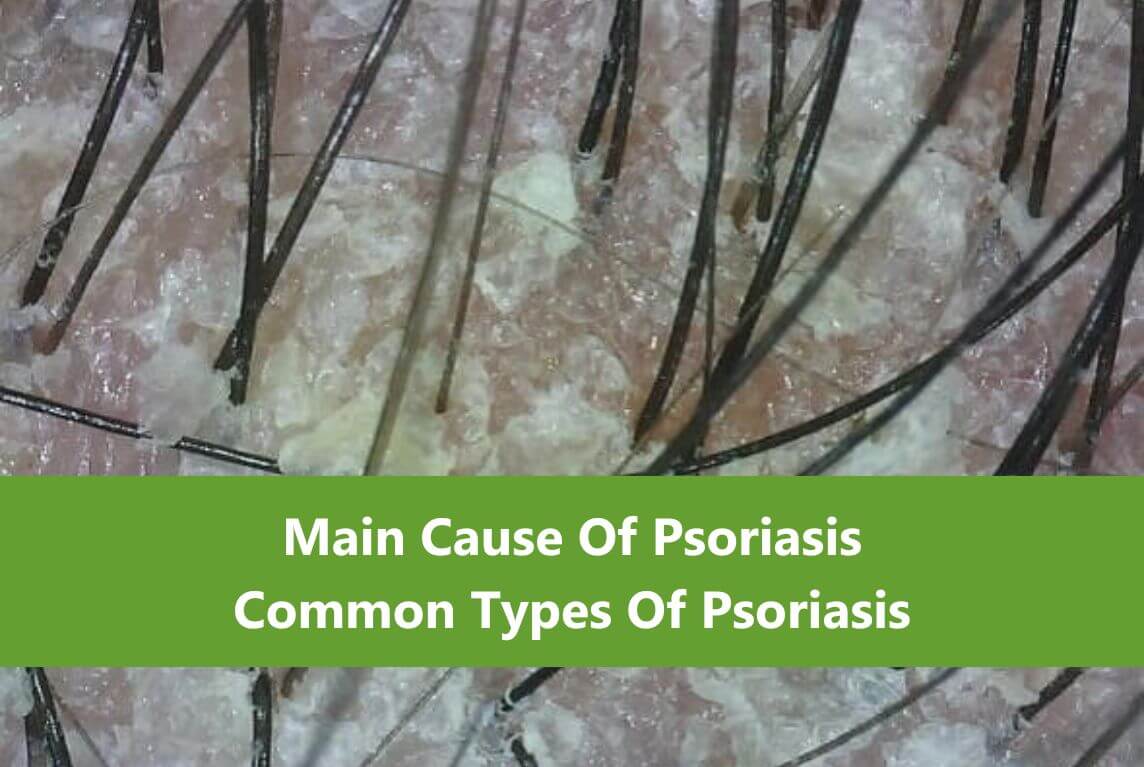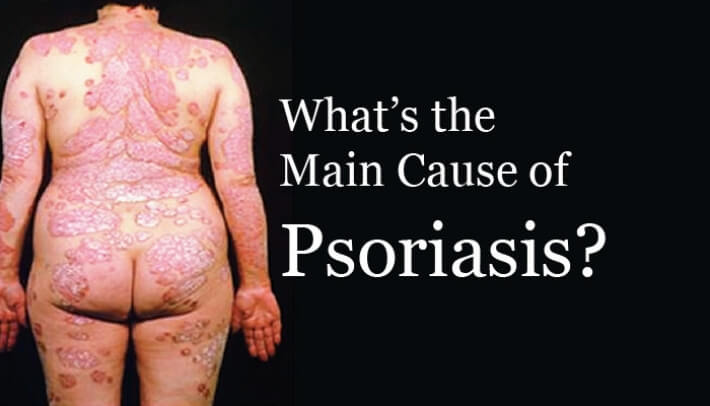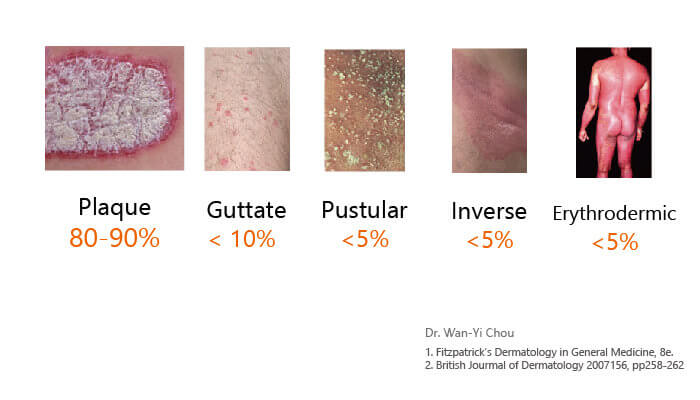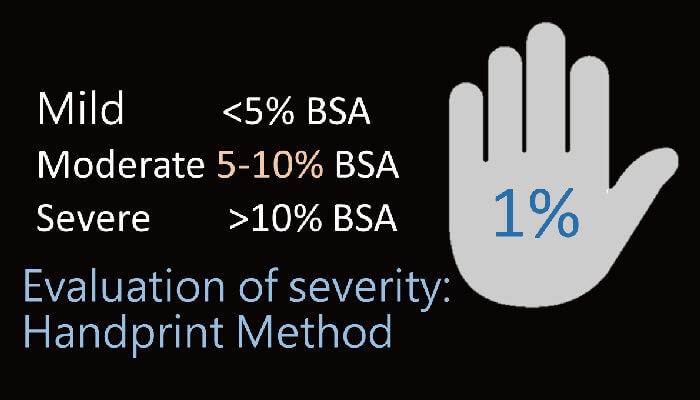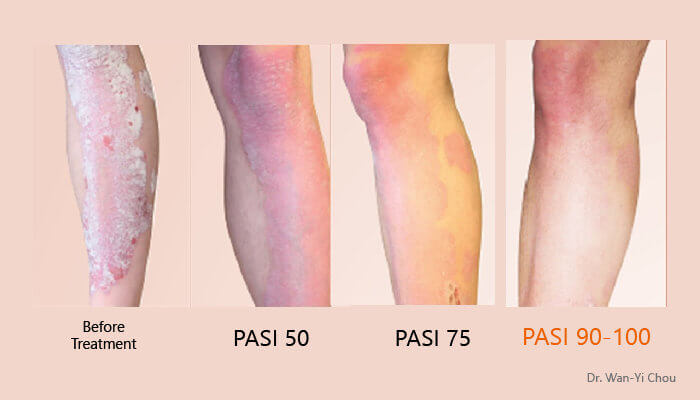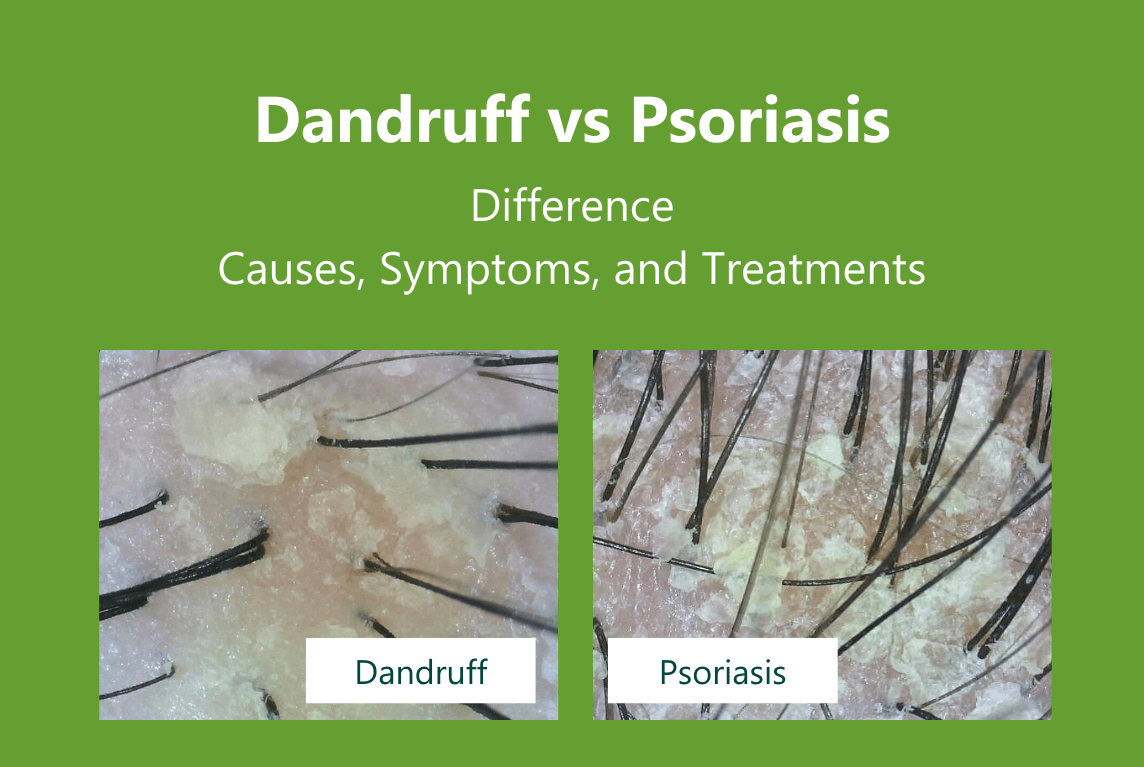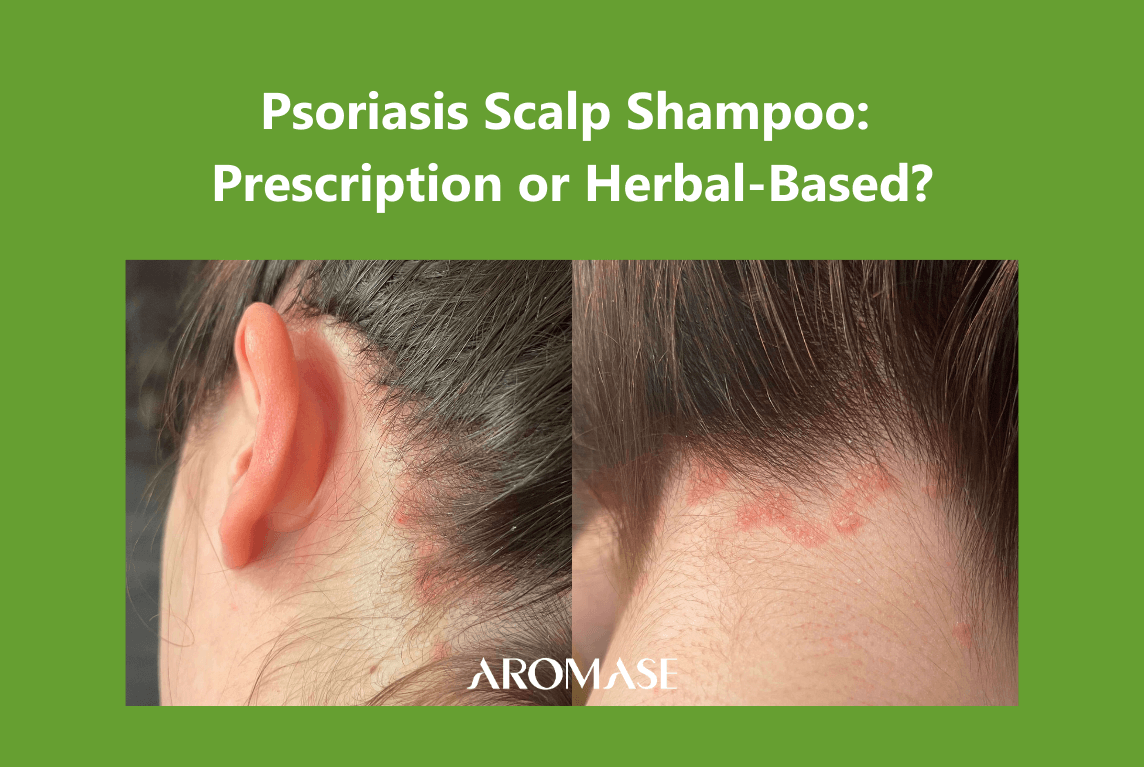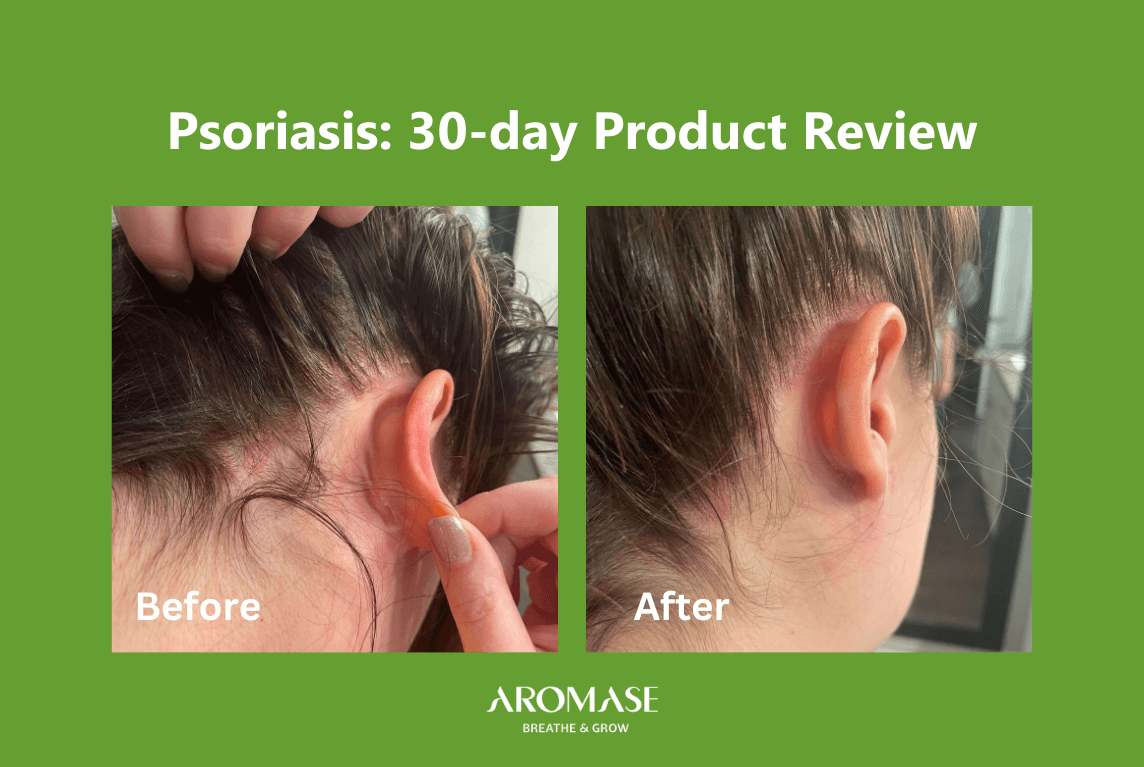Understanding Psoriasis
Psoriasis is a chronic immune-mediated condition that affects the skin. Globally, it impacts approximately 2-4% of the population, with a prevalence rate of 2.35% in Taiwan. Among those diagnosed, 30% experience moderate to severe forms of the disease, with nearly half developing lesions on the scalp.
What Causes Psoriasis? A Combination of Genetics and Triggers
Psoriasis often emerges as the result of both hereditary and environmental factors. Common triggers include:
- Genetic predisposition
- Skin injuries or burns
- Infections
- Certain medications
- Stress
- Smoking
- Obesity
While medical treatments play a critical role in managing psoriasis, lifestyle changes are equally essential in controlling flare-ups and improving overall well-being.
Psoriasis can generally be subdivided into five categories
- Plaque-type (80-90%)
- Guttate-type (<10%).
The guttate type usually occurs after infection episode, - Pustular type (<5%)
The pustular type requires differential diagnosis with other infections and pustular drug eruptions. - Inverse type (<5%)
The lesion of the inverse type is located at moist skinfolds, therefore, the desquamation is usually less obvious. - Erythrodermic type (<5%).
How to evaluate psoriasis?
The handprint method depends on the area, while PASI (Psoriasis Area Severity Index) is a more comprehensive approach method. The treatment plans depend mainly on the severity of psoriasis.
The fastest way to evaluate psoriasis severity is to measure the body surface area of these lesions by using hand area.
The size of the palm plus five fingers is defined as 1% body surface area. Mild, moderate, and severe are categorized using the body surface areas of 5% and 10%.
However, this handprint method can only provide a rough estimate of severity of area, but is unable to evaluate the erythema (redness), induration (thickness), and desquamation (scaling) of these lesions. Therefore, researchers proposed a more accurate but troublesome method called “ Psoriasis Area and Severity Index (PASI) ”.
After scoring according to the erythema (redness), induration (thickness), and desquamation (scaling) of these lesions, the area ratios of the sites are added. At present, there are many relevant APPs or online computation systems to aid in auto-scoring.( PASI Calculator)
In general, patients apply for or using biological preparations or undergoing clinical trials are more likely to use this method to evaluate. The highest score of PASI is 72. When the PASI score exceeds 10 points, it represents moderate to severe psoriasis.
Compared to the untreated lesion, the lesion after treatment with 75% PASI score improvement is called PASI 75. When the lesion completely recovers with only clean skin remaining, it is called PASI 100.
Owing to therapeutic advancement with psoriasis biological preparations became available in the market, achieving PASI90-100 is no longer a dream.
Why is psoriasis horrifying? Six years lost without a trace!
Patients with psoriasis are prone to..
- Psoriatic arthritis
- Cardiovascular disease
- Depression
- Metabolic syndrome
and affect everyday life!
Worse yet, the life-expectancy for these individuals is on average six years shorter compared to normal people.
Let’s think about that, we can spend these valuable six years with our family and friends and create much more beautiful memories. If that’s the case, shouldn’t we take psoriasis treatment seriously?
Author: Dr. Wan-Yi Chou
References:
- J Am Acad Dermatol 2008; 58(5):826-850.
- Ann Rheum Dis 2005; 64:18-23
- Journal of Dermatological Science. 2011; 63:40–46
- Fitzpatrick’s Dermatology in General Medicine, 8e.
- British Journal of Dermatology 2007;156, pp258–262
- https://www.dermnetnz.org/topics/guidelines-for-the-treatment-of-psoriasis/
- Lancet 2015; 386: 983–94
- Rheum Dis 2005;64(Suppl II):ii30–ii36
- Golpour Dermatology Research and Practice Volume 2012, Article ID 381905,
- Dermatology 2007;215:17–27
- Arch Dermatol Res (2006) 298:321–328
- Br J Dermatol. 2010 Sep;163(3):586-92
- Br J Dermatol. 2007 Feb;156(2):258-62.
- British Association of Dermatologists 2011 164, pp652–656
- J Am Acad Dermatol 2007;57:1-27.
- psoriasis forum, SPRING 2012 Vol. 18, No. 1


